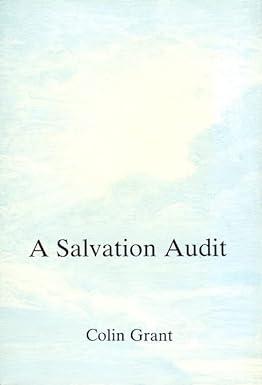Question
Problem 12-1A Lon Timur is an accounting major at a midwestern state university located approximately 60 miles from a major city. Many of the students
Problem 12-1A
Lon Timur is an accounting major at a midwestern state university located approximately 60 miles from a major city. Many of the students attending the university are from the metropolitan area and visit their homes regularly on the weekends. Lon, an entrepreneur at heart, realizes that few good commuting alternatives are available for students doing weekend travel. He believes that a weekend commuting service could be organized and run profitably from several suburban and downtown shopping mall locations. Lon has gathered the following investment information.
| 1. | Five used vans would cost a total of $74,100 to purchase and would have a 3-year useful life with negligible salvage value. Lon plans to use straight-line depreciation. | ||
| 2. | Ten drivers would have to be employed at a total payroll expense of $48,010. | ||
| 3. | Other annual out-of-pocket expenses associated with running the commuter service would include Gasoline $16,010, Maintenance $3,290, Repairs $4,000, Insurance $4,190, and Advertising $2,510. | ||
| 4. | Lon has visited several financial institutions to discuss funding. The best interest rate he has been able to negotiate is 15%. Use this rate for cost of capital. | ||
| 5. | Lon expects each van to make ten round trips weekly and carry an average of six students each trip. The service is expected to operate 30 weeks each year, and each student will be charged $11.95 for a round-trip ticket. |
(a) Determine the annual (1) net income and (2) net annual cash flows for the commuter service.
(b) Compute (1) the cash payback period and (2) the annual rate of return.
(c) Compute the net present value of the commuter service.
Problem 12-1A
U3 Company is considering three long-term capital investment proposals. Each investment has a useful life of 5 years. Relevant data on each project are as follows.
| Project Bono | Project Edge | Project Clayton | |||||
| Capital investment | $164,800 | $180,250 | $202,000 | ||||
| Annual net income: | |||||||
| Year 1 | 14,420 | 18,540 | 27,810 | ||||
| 2 | 14,420 | 17,510 | 23,690 | ||||
| 3 | 14,420 | 16,480 | 21,630 | ||||
| 4 | 14,420 | 12,360 | 13,390 | ||||
| 5 | 14,420 | 9,270 | 12,360 | ||||
| Total | $72,100 | $74,160 | $98,880 | ||||
Depreciation is computed by the straight-line method with no salvage value. The companys cost of capital is 15%. (Assume that cash flows occur evenly throughout the year.)
A. Compute the net present value for each project.
B.Compute the annual rate of return for each project. (Hint: Use average annual net income in your computation.)
Step by Step Solution
There are 3 Steps involved in it
Step: 1

Get Instant Access to Expert-Tailored Solutions
See step-by-step solutions with expert insights and AI powered tools for academic success
Step: 2

Step: 3

Ace Your Homework with AI
Get the answers you need in no time with our AI-driven, step-by-step assistance
Get Started


